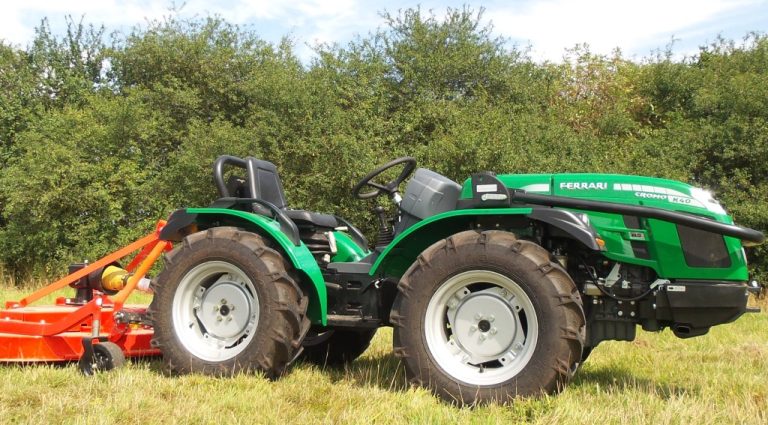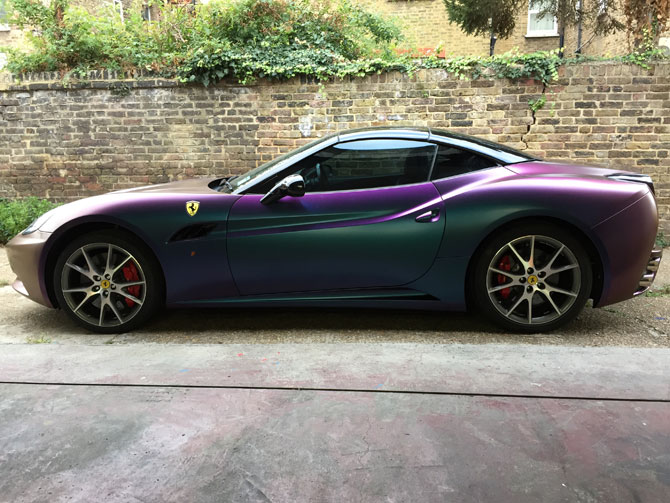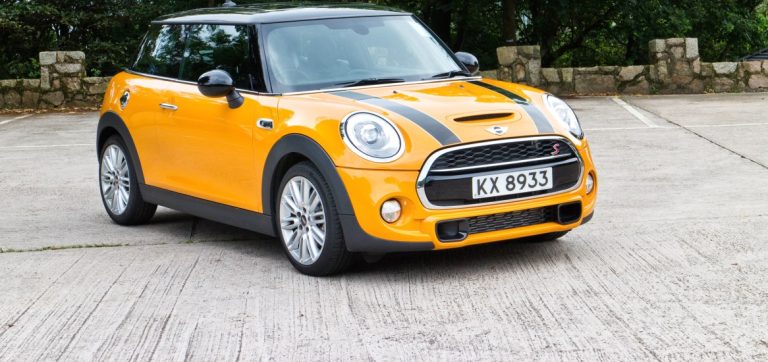What Are Classic Cars?
Classic cars are much more than just old vehicles; they are timeless pieces of automotive history that encapsulate the style, technology, and spirit of their era. Typically, a car is considered “classic” if it is at least 20 to 40 years old, and is valued for its historical significance, design, and collectability. In this guide, we will see what makes a car a “classic,” exploring the characteristics and charm that distinguish these beloved machines from contemporary models.
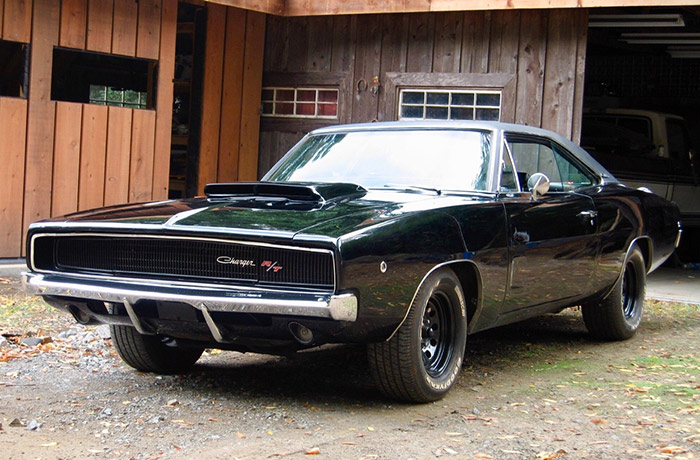
What Are Classic Cars?
Classic cars are generally older automobiles that are considered collectible due to their historical or cultural significance. There’s no universally agreed-upon definition, but most definitions fall within a range of 20 to 45 years old. Here’s a breakdown of the common characteristics:
- Age: Typically, classic cars are at least 20 years old, but some definitions push the lower limit to 25 years. There’s also an upper limit, usually around 45 years old. Cars older than that are often referred to as “antique” cars.
- Collectible: Classic cars are desirable to own and tend to appreciate in value over time. This collectability is often tied to the car’s rarity, historical importance, or unique design features.
- Condition: Ideally, classic cars are kept in close to their original condition. Extensive modifications can affect a car’s value and disqualify it from being considered a true classic.

Here are some additional points to consider:
- Subcategories: Classic cars can encompass various car types, such as muscle cars, sports cars, or luxury sedans, as long as they meet the age and collectability criteria.
- Legal definitions: Some regions have legal definitions of “classic car” for purposes like registration or insurance. These definitions may have specific age requirements.
Overall, classic cars represent a past era of automotive design and engineering. They’re not just old cars; they’re cultural touchstones and cherished possessions for enthusiasts.
How Old Is A Classic Car?
There isn’t a single, universally agreed-upon age for a classic car. The definition can vary depending on the source you consult. Here’s a breakdown of the most common ranges:

-
20-45 years old: This is the most widely accepted range. Many car clubs and insurance companies use this definition.
-
At least 20 years old: This is a simpler definition used by some sources.
-
Other factors: Beyond age, some definitions also consider a car’s historical significance, cultural impact, and collectability.
So, while there’s no single answer, a car is most likely considered a classic if it’s between 20 and 45 years old and possesses historical or cultural significance, or is simply a desirable collectible.
Unique Characteristics of Classic Cars
Classic cars hold a special place in our hearts for a reason. Beyond their historical value, they boast some unique characteristics that set them apart from modern vehicles:
-
Simpler Engineering: Classic cars were built with a more mechanical approach. Engines were less reliant on complex computer systems and emissions controls. This can make them easier and more rewarding to work on for mechanically inclined owners.
-
Distinctive Design: Classic car design often prioritized aesthetics over pure functionality. Chrome accents, flowing curves, and fins (on certain eras) were hallmarks of classic cars. This focus on style created rolling works of art.
-
Durable Build: Classic cars were built to last. They often used heavier materials like steel, making them feel more solid compared to today’s lighter, more fuel-efficient vehicles.
-
Focus on Driver Engagement: Classic cars offered a more connected driving experience. Without the abundance of driver aids and electronic interventions, classic cars demanded more driver skill and offered a purer connection to the road.
-
Unique Features: Many classic cars had features you wouldn’t find on modern cars. Hood ornaments, fender skirts, and vent windows are some examples that added to the car’s character and collectability.
-
Sense of Nostalgia: Classic cars evoke a sense of nostalgia for a bygone era. Owning and driving a classic car can transport you back to a simpler time, connecting you to automotive history and past generations.
What Are The Most Popular Classic Cars?
Consider some of the most popular classic cars — these models carry immense historic value and appeal over the decades:
Chevrolet Camaro (1967-1969): Garnering a top spot in popularity, these iconic American muscle cars present a perfect blend of style and substance. They stole the limelight in the late ’60s, and they remain in the spotlight today.
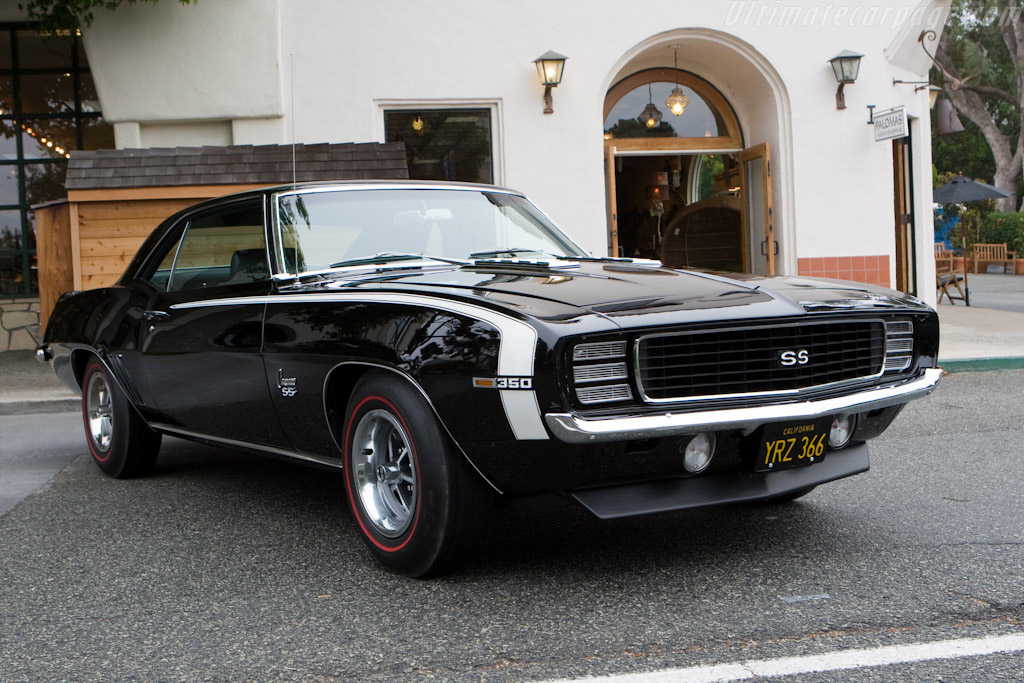
Ford Mustang (1964-1973): As a symbol of freedom and power, Mustangs from the ’60s and early ’70s offer a thrilling ride that captures the spirit of the era.
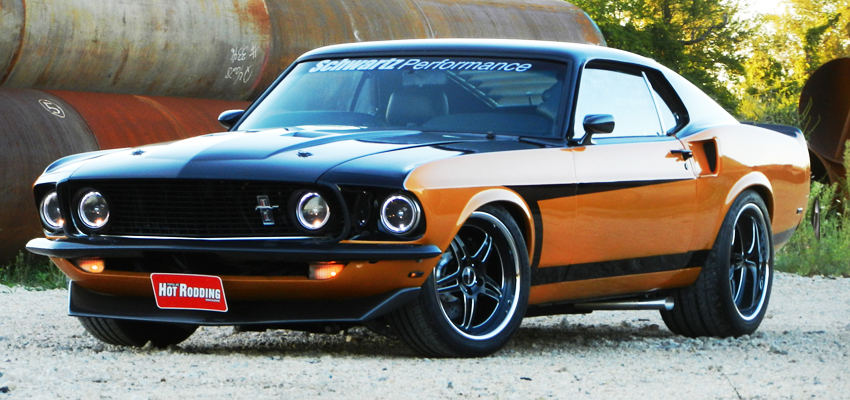
Chevrolet Impala (1958-1970): A car that embodies a certain luxury and charm, the Impala’s popularity lies in its elegant design and potent performance.
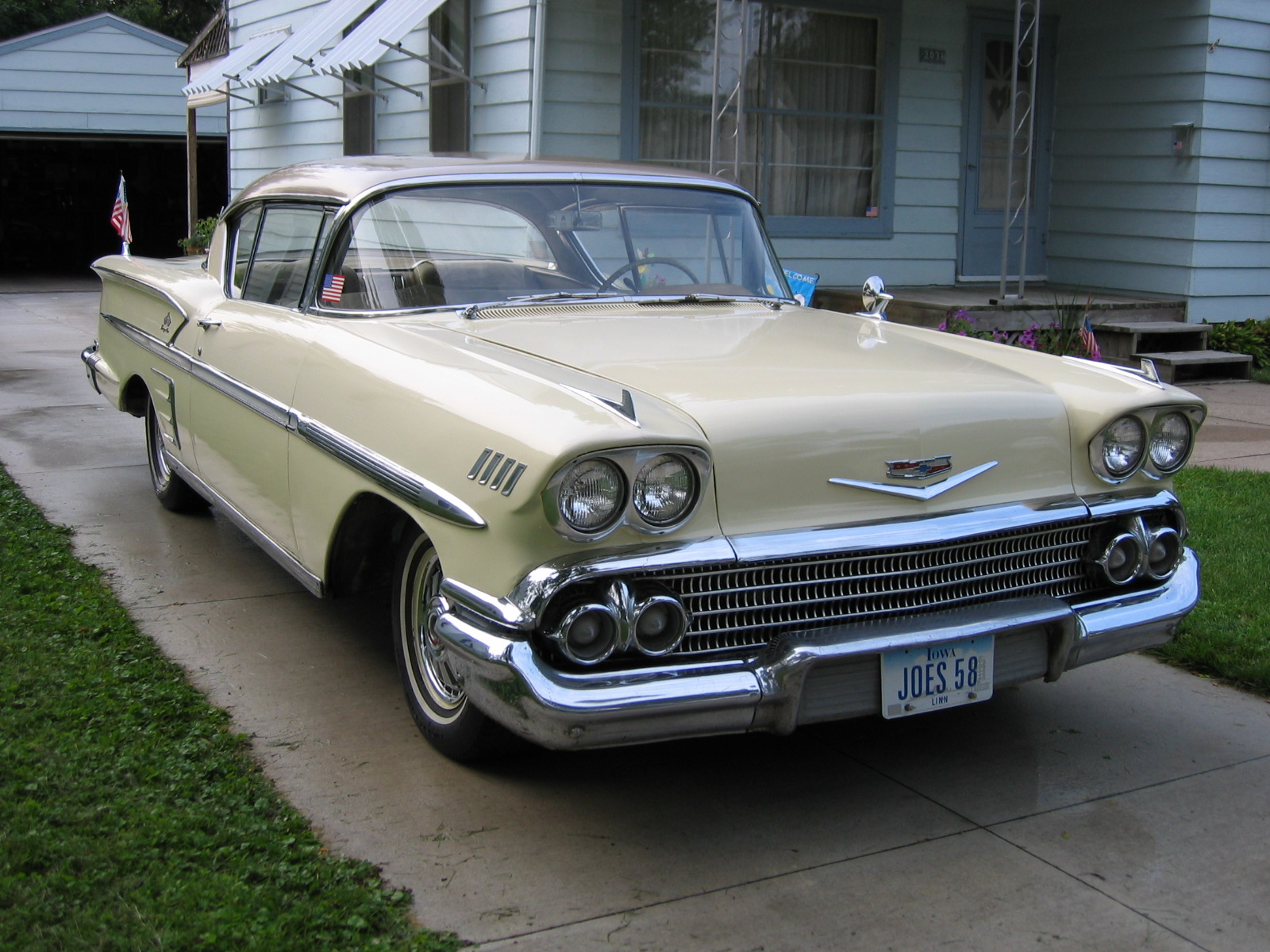
AMC Javelin (1968-1974): Acclaim for this car comes from its distinctive aesthetics and high-speed adventures, making it a staple in the late ’60s and early ’70s.
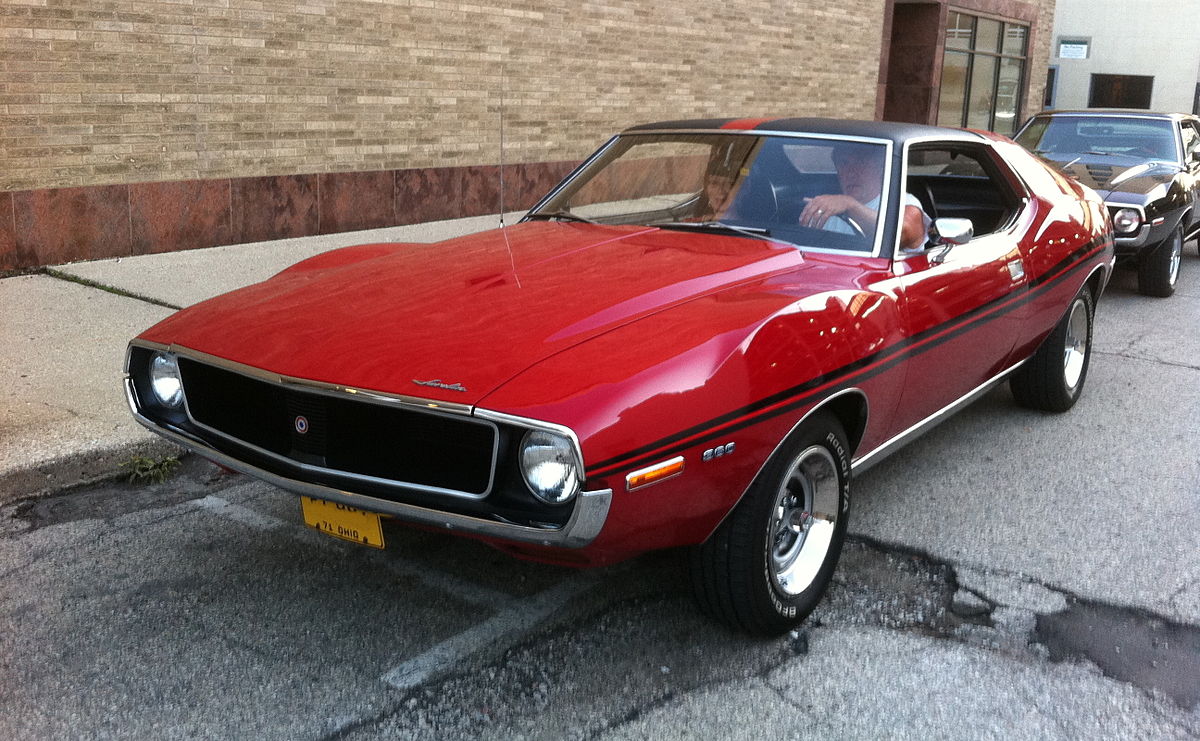
Plymouth Barracuda (1964-1974): This model asserts itself with a potent engine and sleek design, a standout in the crowd of classic muscle cars.
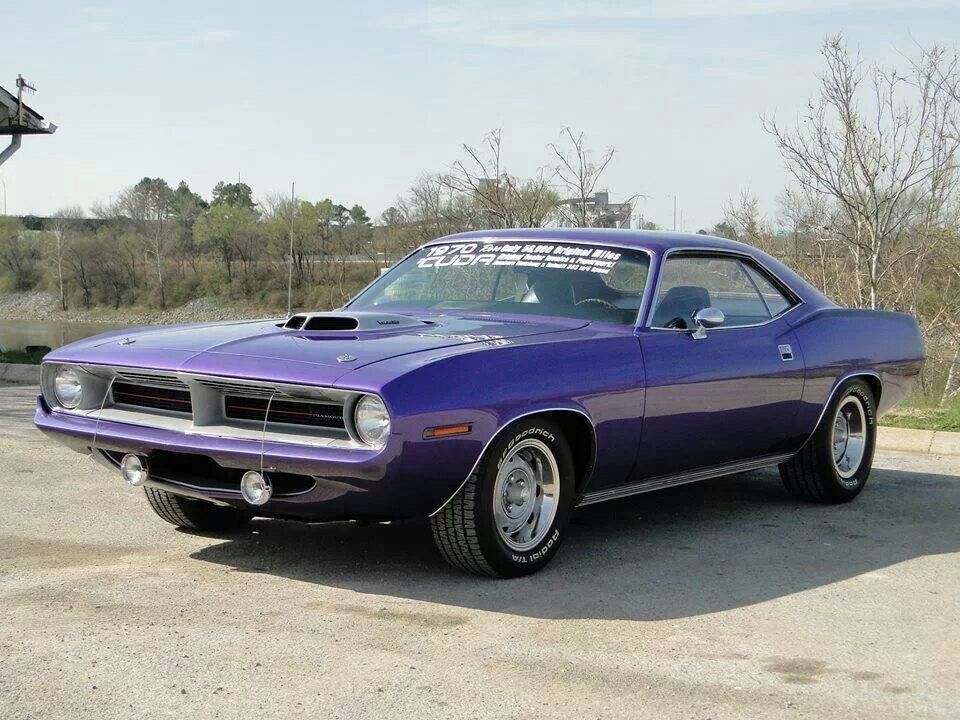
Frequently Asked Questions
How do you tell if a car will become a classic?
A potential classic car should primarily be well-maintained, without major defects or signs of extensive wear and tear. In addition, it would preferably have been initially registered at least 30 years ago. The collector’s value also factors into its classic status.
What defines a classic automobile?
A classic automobile is usually defined as a car that is 25 years or older. However, some variations exist depending on other defining elements, such as its historical significance, make, and model.
Is a 20 year old car a classic?
While it can vary from one insurance company to another, generally, a car that is 20-30 years old is considered a classic. For example, State Farm acknowledges cars of historical interest between 10 to 24 years old as classics.
What is considered a classic car?
For insurance and registration, a classic car is generally perceived as at least 20 years old and not more than 40 years old. Moreover, to maintain its ‘classic’ status, the car should retain its original design and specifications.
Are classic cars cheaper to insure?
Yes, classic car insurance is usually cheaper than regular car insurance. The typical policy for a classic car costs around $200 to $600 annually, whereas conventional car insurance usually surpasses $1000 per year. It’s worth noting that rates might be higher for exceptionally valuable vehicles.

Hi! I’m Larry Gibbs, studying mechanical engineering with a focus on cars. I really love Ferraris and write blog posts about the latest car stuff. When not studying or blogging, I’m usually on a road trip exploring new places. I also enjoy playing football and watching movies. Life’s an adventure, and I’m all about enjoying the ride!


